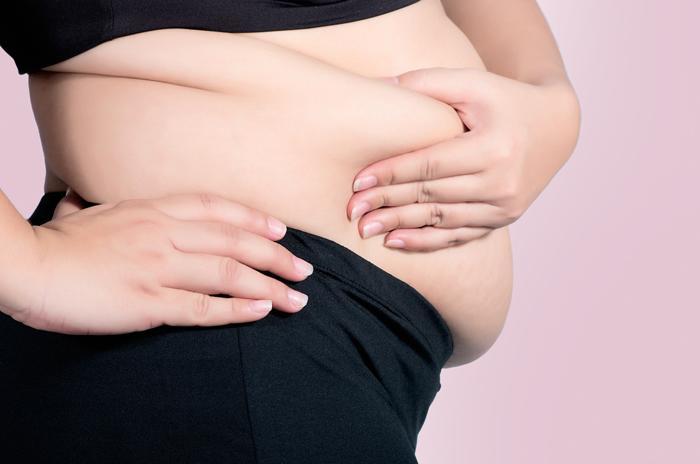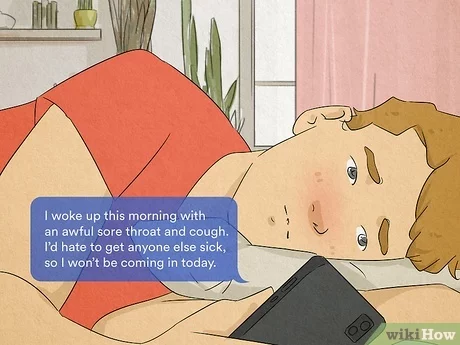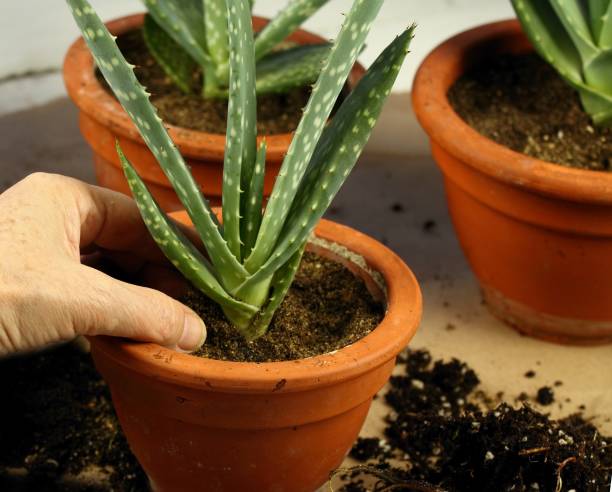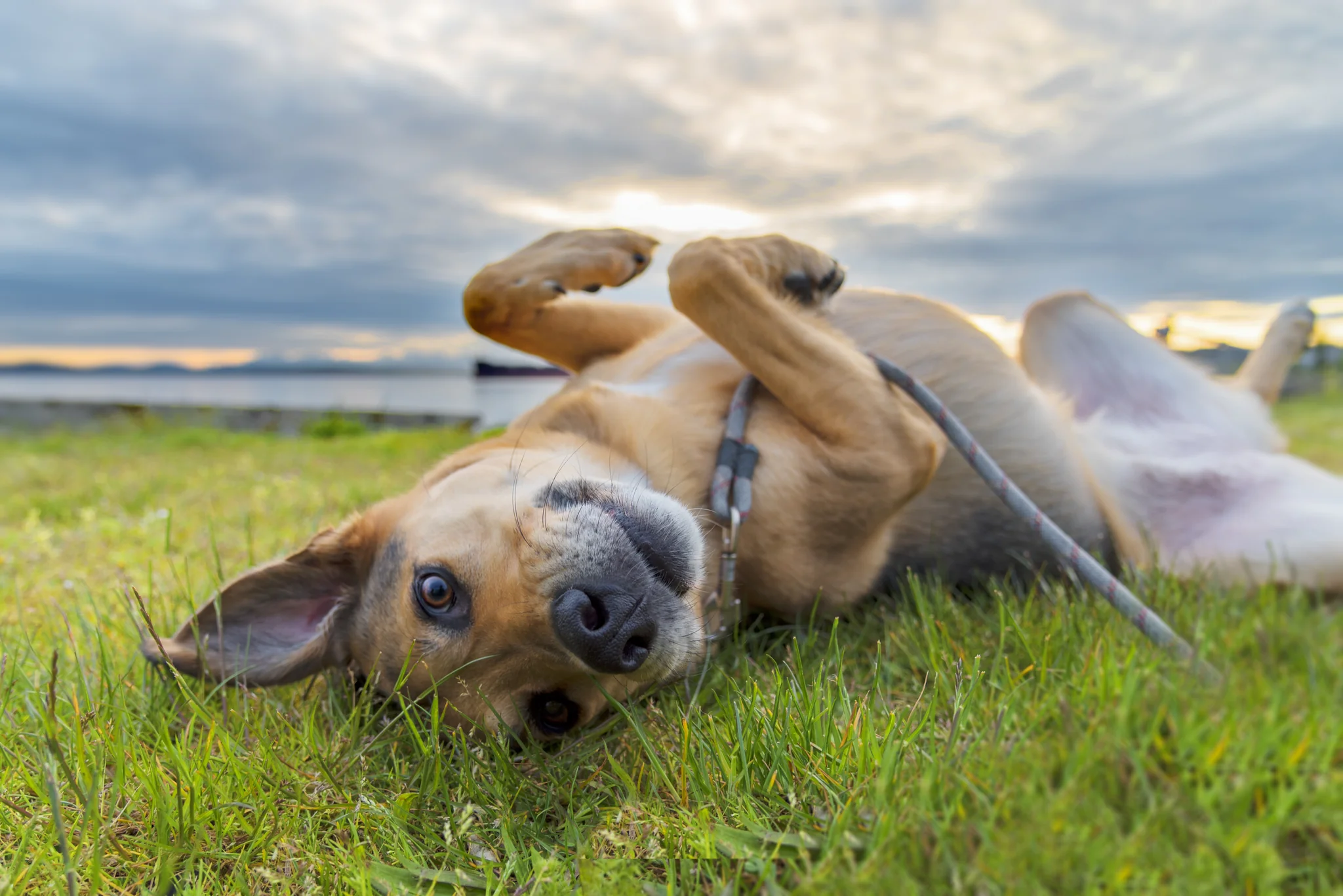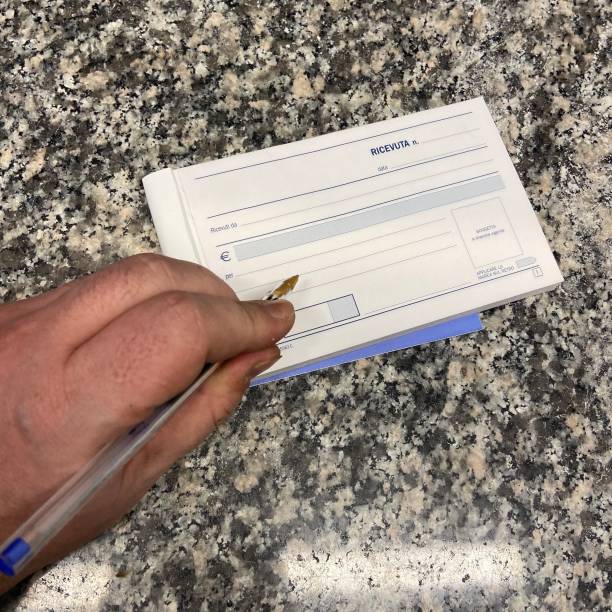Many wonder, ‘Why is my stomach bigger after gallbladder surgery?’ Gallbladder surgery, also known as cholecystectomy, is a common medical procedure performed to remove the gallbladder, a small organ that stores bile produced by the liver.
While this surgery can ease symptoms associated with gallbladder problems, such as gallstones, it is not uncommon for individuals to notice changes in their abdominal appearance after the procedure.
This article will provide best answer to your question. Read through!
Table of contents
Understanding the Gallbladder’s Role
The gallbladder is a small, pear-shaped organ located beneath the liver. Its primary function is to store and concentrate bile, a digestive fluid produced by the liver.
However, when gallstones or other issues affect the gallbladder’s function, it can lead to pain and discomfort, causing its removal. Here’s a breakdown of the gallbladder’s key roles in the digestive process:
Bile Storage
The liver continuously produces bile, which contains water, bile salts, bilirubin (a waste product), and cholesterol. Instead of releasing bile directly into the small intestine, where it’s needed for digestion, the liver sends it to the gallbladder for storage.
Bile Concentration
In the gallbladder, bile is concentrated by removing water. This concentration process makes the bile more potent and efficient for digesting fats.
Release of Bile
When you consume a meal that contains fats, the gallbladder contracts and releases the stored, concentrated bile into the small intestine (specifically, the duodenum). This bile is essential for breaking down fats into smaller molecules that can be absorbed and used by the body.
Emulsification of Fats
Bile contains bile salts, which play a crucial role in emulsifying fats. Emulsification is the process of breaking down large fat molecules into smaller droplets, making it easier for digestive enzymes, such as lipase, to break them apart into fatty acids and glycerol. This process enhances the absorption of fats in the intestines.
Read: Why was Barney Cancelled? True Facts
Why is My Stomach Bigger after Gallbladder Surgery?
The main reasons your stomach looks bigger after a gallbladder surgery include the following:
Altered Bile Flow
After gallbladder removal, this continuous flow of bile can be disrupted. Instead of the controlled release that occurs when the gallbladder is present, bile now flows directly from the liver into the small intestine.
This can lead to changes in digestion, including diarrhea or loose stools, which might affect the appearance of the abdomen.
Dietary Adjustments
Following gallbladder surgery, many individuals modify their diets to minimize digestive discomfort. They often steer clear of high-fat foods that could potentially trigger problems. While these dietary changes are typically beneficial for digestion, they can sometimes lead to weight loss.
Weight loss can result in a change in the abdominal appearance, making the stomach seem larger due to a decrease in body fat.
Gas and Bloating
Some people experience increased gas and bloating after gallbladder surgery due to changes in fat digestion. Without the gallbladder’s ability to release bile in response to a fatty meal, the body may struggle to break down fats efficiently.
This can lead to temporary digestive discomfort and abdominal distension, making the stomach appear bigger.
Scar Tissue Formation
Gallbladder surgery, whether conducted through traditional open surgery or minimally invasive laparoscopy, involves making incisions in the abdominal area. As these incisions heal, scar tissue may form.
This scar tissue can sometimes contribute to changes in the way the abdomen looks and feels, particularly if it pulls on surrounding tissues or organs.
How to Manage a Bigger Tummy after Gallbladder Surgery
If you’ve observed that your stomach appears larger after gallbladder surgery, here are some strategies to help manage these changes:
- Gradual Dietary Adjustments: Work closely with a healthcare provider or registered dietitian to create a dietary plan that eases your body into processing fats without overloading your digestive system. Gradually reintroduce fats into your diet as your body adapts.
- Stay Active: Engage in regular physical activity to maintain abdominal muscle strength and tone. Exercise can help counteract some of the changes in appearance that may occur post-surgery. Consult with your healthcare provider before starting any exercise regimen.
- Scar Tissue Management: Gentle massage and stretching exercises can assist in preventing excessive scar tissue formation. Follow your surgeon’s post-operative instructions regarding wound care.
- Hydration: Ensure you stay adequately hydrated, as this can aid digestion and help alleviate digestive discomfort.
- Consult Your Surgeon: Don’t hesitate to reach out to your surgeon or healthcare provider if you have concerns about changes in your abdominal appearance or experience significant discomfort. They can provide personalized guidance and address any specific issues you may encounter.
FAQs
The body typically adjusts to the changes within a few weeks to a few months after gallbladder surgery. However, individual recovery times may vary.
Yes, you can typically start light exercise and gradually increase your activity level as advised by your healthcare provider. Exercise can help improve abdominal muscle tone and overall well-being.
Weight gain after gallbladder surgery is not common, but some individuals may experience it if they have difficulty digesting fats post-surgery. Dietary adjustments can help manage this.
See this: Is 75 Degrees Really Hot? (Explained)
Conclusion
A bigger stomach after gallbladder surgery is not uncommon and can result from various factors, including changes in bile flow, dietary adjustments, gas and bloating, scar tissue formation, and muscle weakness.
It’s essential to be patient with your body as it adapts to these changes and to seek guidance from healthcare professionals if you have concerns or experience significant discomfort. With proper care and management, many individuals can enjoy a healthy and comfortable life after gallbladder surgery, even if their abdominal appearance has undergone some alterations.
